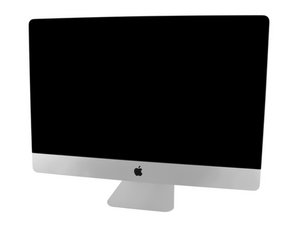Trying to add NVMe M.2 SSD to PCIe - Issues
Hi Peeps. I have a late 2015 27” iMac that came with a 128GB/3TB Fusion Drive that is nearing the end of its life.
I purchased a Crucial 4TB P3 NVMe SSD, and have tried two different NVMe/PCIe adapters, but when i install them and the new SSD, I get no power in the iMac.
I have stripped it down and put it back together 6 or 7 times now. There’s nothing when i press the power button. I have discovered the 4 LED’s on the motherboard that are meant for diagnostics. With the NVMe drive in, none of them light up. When i put the old 128GB PCIe drive back in, the first light will pop on, and I have put it all back together with the old drives in and it boots up fine.
(I did break the power button cable when removing it from the groove in the left speaker, but i have fixed that with heat shrink tubing, so it’s not causing this.)
I have tried booting from a USB and formatting both original internal drive(s) and the new NVMe blade (in an external case), but no joy when installing the blade on the motherboard. I wondered if it have something to do with the “fusion” element of the existing drive, and tried splitting it, but i had already formatted it, and trying to get a drive list to pop up in the Terminal window to do this, doesn’t work per instructions I have followed. So the Fusion Drive is still “intact” in that sense, just freshly formatted.
Any ideas? Is the P3 drive just not compatible with this iMac? Are the two different NVMe to PCIe adapters not functioning or compatible? Is it do to with the Fusion Drive having not been split before i formatted it?
My backup is that i can get a SATA adapter/mount and put the new 4TB NVMe SSD there, but I’d obviously like to benefit from the better speeds of the PCIe socket….
Many thanks in advance,
Julian
Es esta una buena pregunta?


 1
1 
 329
329  971
971 